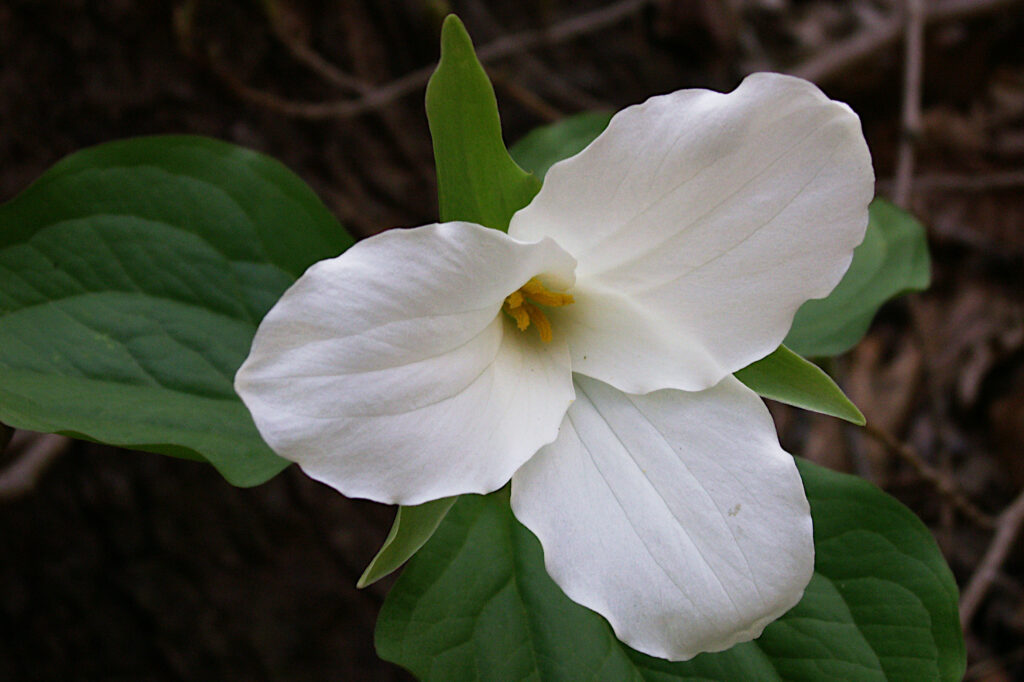
It’s trillium time on the Trillium Trail in Fox Chapel.
For a description of the species, see the Trillium grandiflorum reference page,
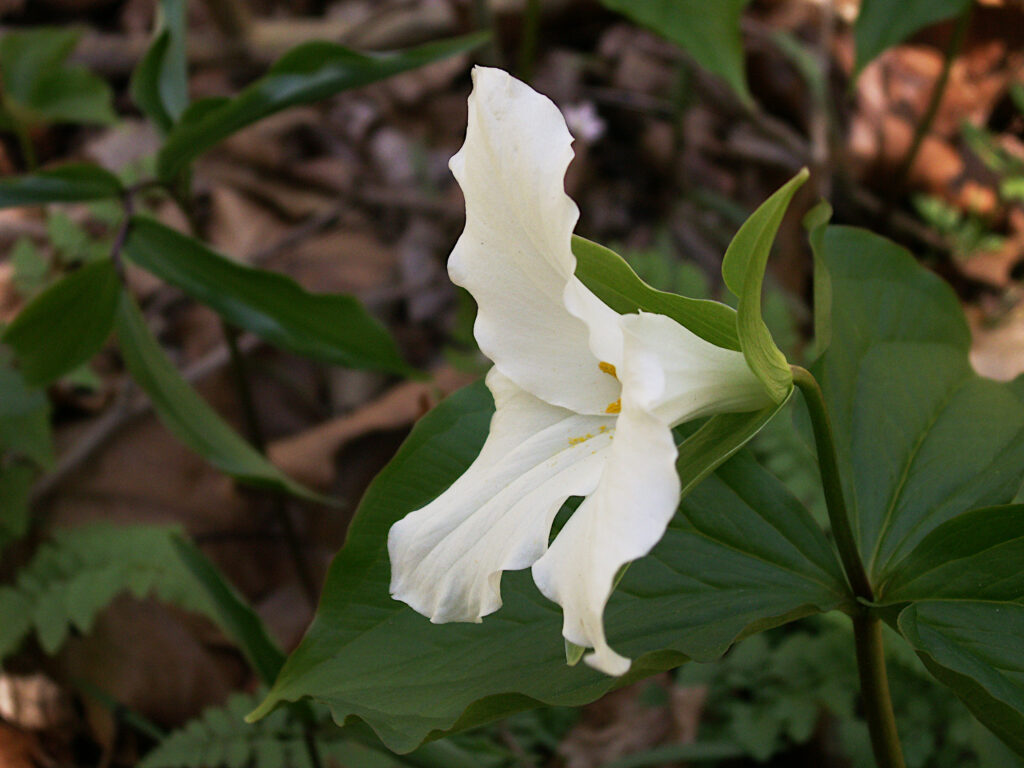
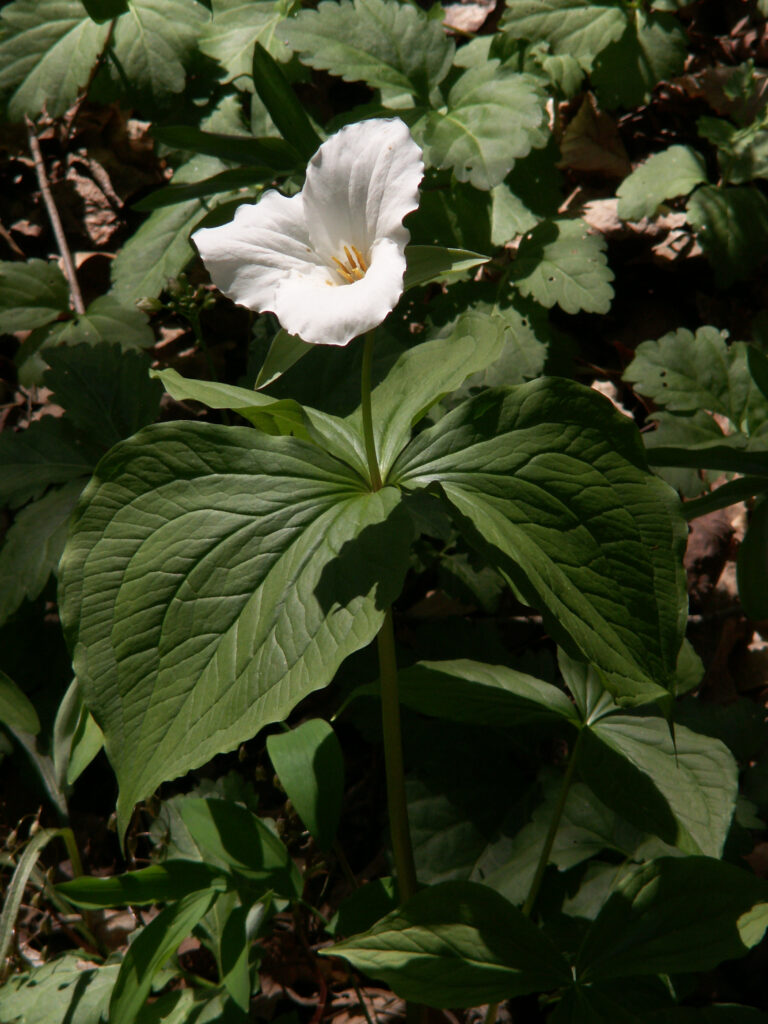
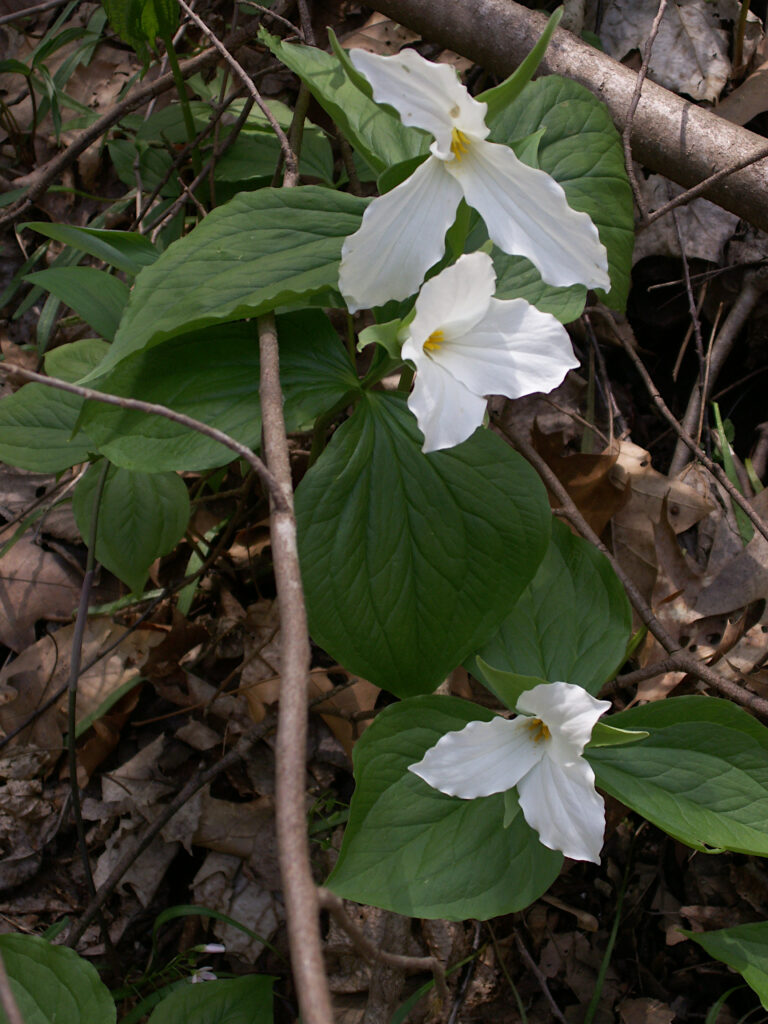
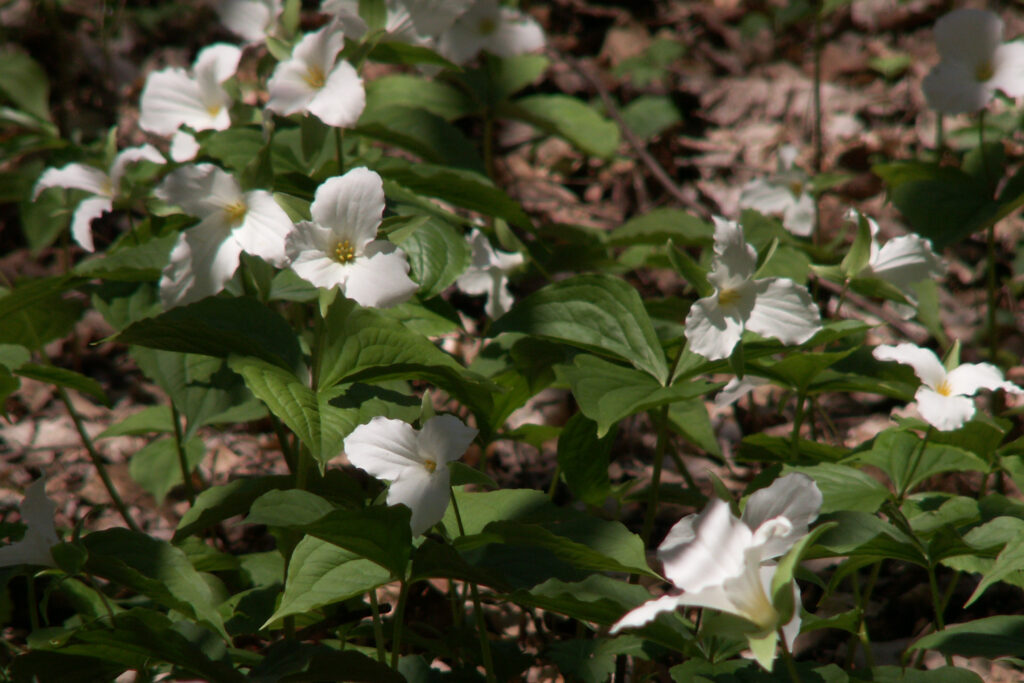
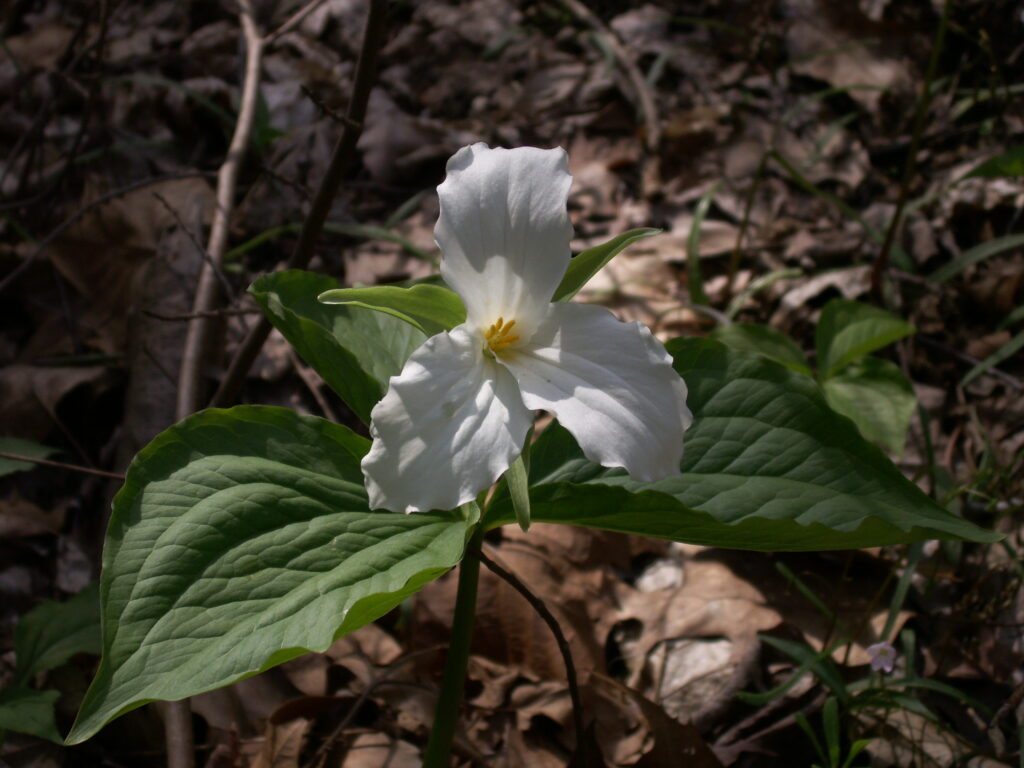

It’s trillium time on the Trillium Trail in Fox Chapel.
For a description of the species, see the Trillium grandiflorum reference page,






Though they are not recorded as wild in Pennsylvania by the usual botanical authorities, these dainty bells sometimes pop up unexpectedly as volunteers. This small volunteer patch has been at the same place in Beechview for a few years now, so we can regard it as established and spreading.
For a brief description, see the Hyacinthoides non-scripta reference page.

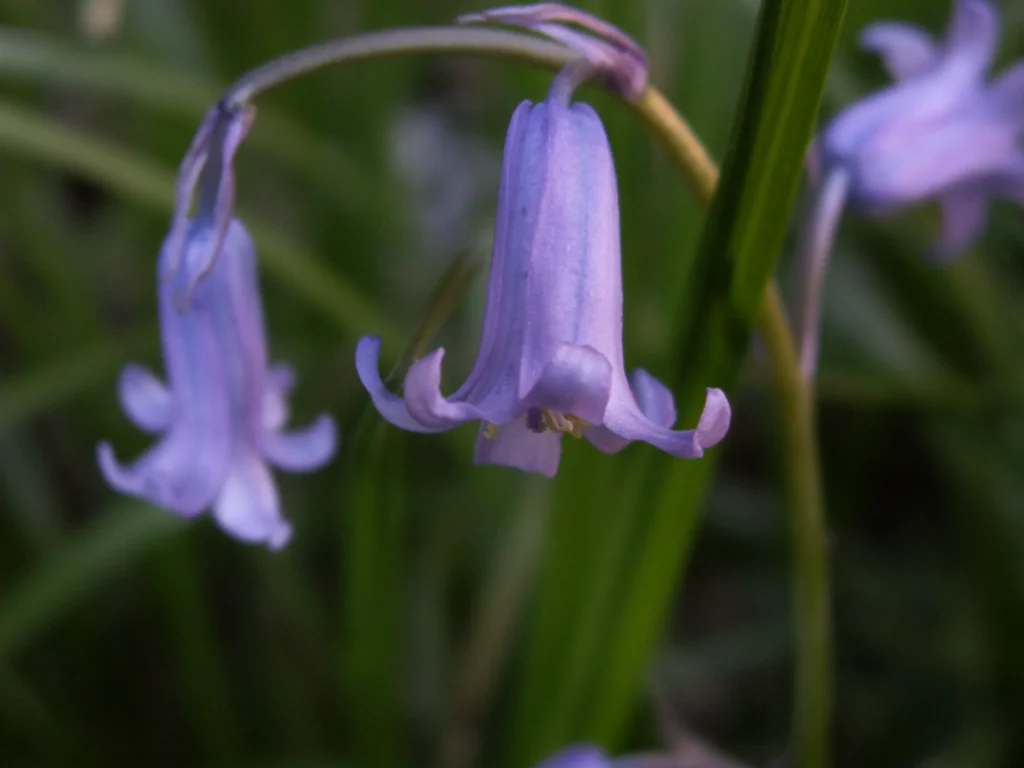
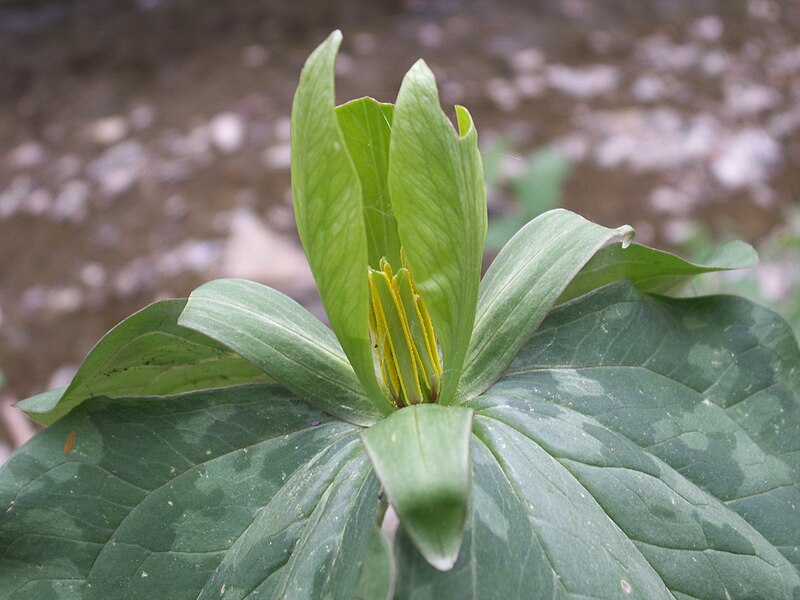
Toadshade most commonly has dark brownish-purple flowers, but the green form is not uncommon. Here we see it blooming by Saw Mill Run in Seldom Seen. Some botanists distinguish the green form as forma viridiflorum; others just say that sometimes Trillium sessile is green and nothing can be done about it. There are also intermediate forms with brownish-green or greenish-brown flowers.
For a description of the species, see the Trillium sessile reference page.





We see daylilies everywhere, in gardens and in the wild. But we seldom see them growing out of a stone wall. These plants live between the stones of the railroad viaduct that runs along the back of the South Side, where they were photographed June 20.

For a fuller description of the species, see the Hemerocallis fulva reference page.
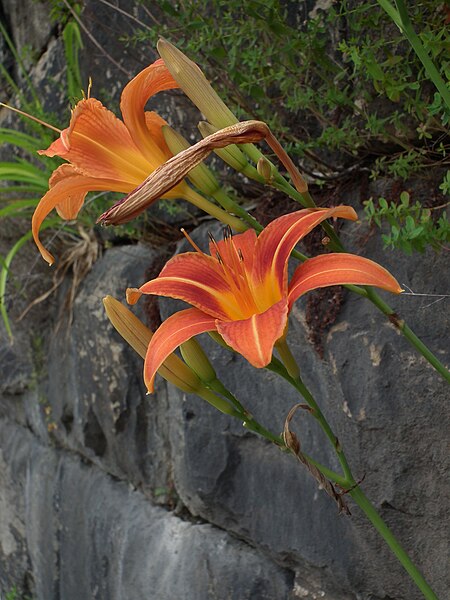

Arching fronds of alternate leaves hide the dainty little bells: you have to lift the stem, or crouch on the ground, to see the flowers, as we see below.
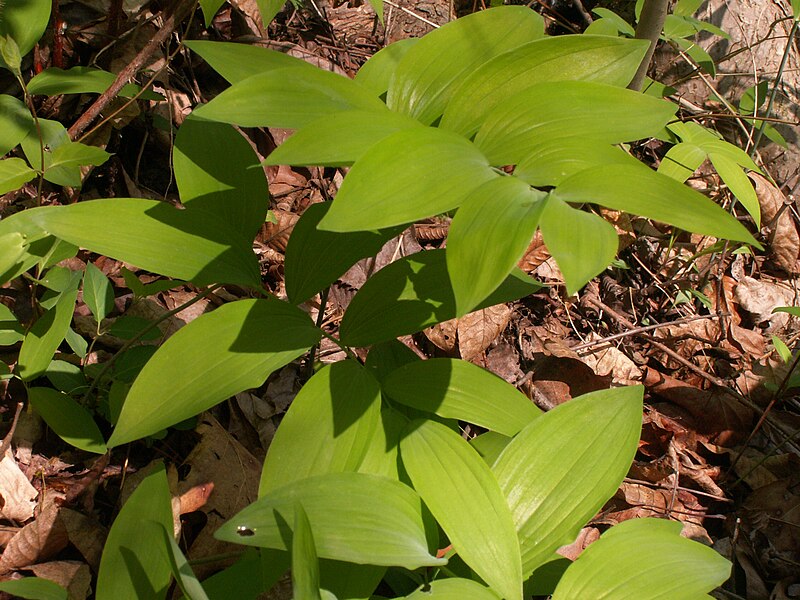
But it is worth the extra effort to reveal the flowers. They are small and green, but beautifully shaped.


These plants were growing abundantly in the Kane Woods Nature Area in Scott Township, where they were photographed May 5.
For the botanical description by Fernald, see the Polygonatum pubescens reference page.